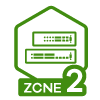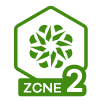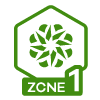
Quick Introduction of PoE (Power over Ethernet)
Options
Zyxel_Lucious
Posts: 282  Zyxel Employee
Zyxel Employee




 Zyxel Employee
Zyxel Employee



PoE Mode

The power management mode used by the Switch, whether it is in Classification or Consumption mode.

PD Priority When the total power requested by the PDs exceeds the total PoE power budget on the switch, you can set the PD priority to allow the switch to provide power to ports with higher priority first. 
Power-Up Mode The PoE standard that the switch uses to provide power to the port. 
Total/Current Power Consumption In PoE Status, you can see the total power the Switch can provide to the connected PoE-enabled devices on the PoE ports, and the amount of power the Switch is currently supplying to the connected PoE-enabled devices. |
0
Categories
- All Categories
- 438 Beta Program
- 2.7K Nebula
- 188 Nebula Ideas
- 121 Nebula Status and Incidents
- 6.2K Security
- 454 USG FLEX H Series
- 303 Security Ideas
- 1.6K Switch
- 81 Switch Ideas
- 1.3K Wireless
- 44 Wireless Ideas
- 6.8K Consumer Product
- 278 Service & License
- 435 News and Release
- 88 Security Advisories
- 31 Education Center
- 10 [Campaign] Zyxel Network Detective
- 4.2K FAQ
- 34 Documents
- 34 Nebula Monthly Express
- 85 About Community
- 91 Security Highlight
